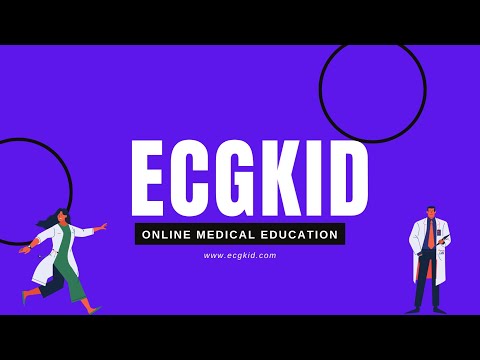🎬 Video Summary
This video provides a concise explanation of the Cushing reflex, also known as the Cushing triad, in critically ill patients. Understanding the Cushing reflex, the brain’s vasopressor response to increased intracranial pressure (ICP), is crucial for healthcare professionals. Learn to recognize and manage this critical physiological response to improve patient outcomes and neurological function.
🧠 Teaching Pearls
- 💡 The Cushing reflex is a physiological response to increased intracranial pressure (ICP).
- 💡 The triad consists of hypertension, bradycardia, and irregular respiration.
- 💡 Hypertension in Cushing’s reflex is often characterized by a widened pulse pressure.
- 💡 Bradycardia is typically a compensatory mechanism to counteract hypertension.
- 💡 Irregular respiration, such as Cheyne-Stokes breathing, indicates brainstem compression.
❓ Frequently Asked Questions
Q: What are the three components of the Cushing reflex?
A: The Cushing reflex, or Cushing triad, consists of three main signs: hypertension (often with widened pulse pressure), bradycardia (slow heart rate), and irregular respiration.
Q: Why does hypertension occur in Cushing’s reflex?
A: Hypertension occurs as the brain attempts to maintain cerebral perfusion pressure (CPP) in the face of rising intracranial pressure (ICP). The body increases blood pressure to force blood into the brain.
Q: What is the significance of bradycardia in Cushing’s reflex?
A: Bradycardia (slow heart rate) is a compensatory mechanism. The baroreceptors detect hypertension, triggering a vagal response that slows the heart rate to reduce blood pressure.
Q: What types of irregular respiration are associated with Cushing’s reflex?
A: Irregular respiration patterns can include Cheyne-Stokes respiration, Biot’s breathing, or other erratic breathing patterns, indicating pressure on the brainstem.
Q: How is Cushing’s reflex treated?
A: Treatment involves addressing the underlying cause of increased ICP, such as hematoma, tumor, or edema. Measures may include osmotic diuretics (mannitol), hyperventilation, and potentially surgical intervention.
Q: Is the Cushing reflex always present in cases of increased ICP?
A: No, the Cushing reflex may not always be present, especially in rapidly progressing cases or in patients with pre-existing conditions. Absence of the reflex doesn’t exclude elevated ICP.
🧠 Key Takeaways
- 💡 Recognize the three components of the Cushing reflex: hypertension, bradycardia, and irregular respiration.
- 💡 Understand the physiological mechanisms underlying the Cushing reflex as a response to increased ICP.
- 💡 Appreciate the clinical significance of the Cushing reflex as an indicator of critical neurological compromise.
- 💡 Learn initial steps for managing patients presenting with the Cushing reflex.
- 💡 Differentiate Cushing reflex from other causes of hypertension and bradycardia.
🔍 SEO Keywords
Cushing reflex, Cushing triad, increased intracranial pressure, ICP, hypertension, bradycardia, irregular respiration, brainstem compression, neurological emergency
“`

